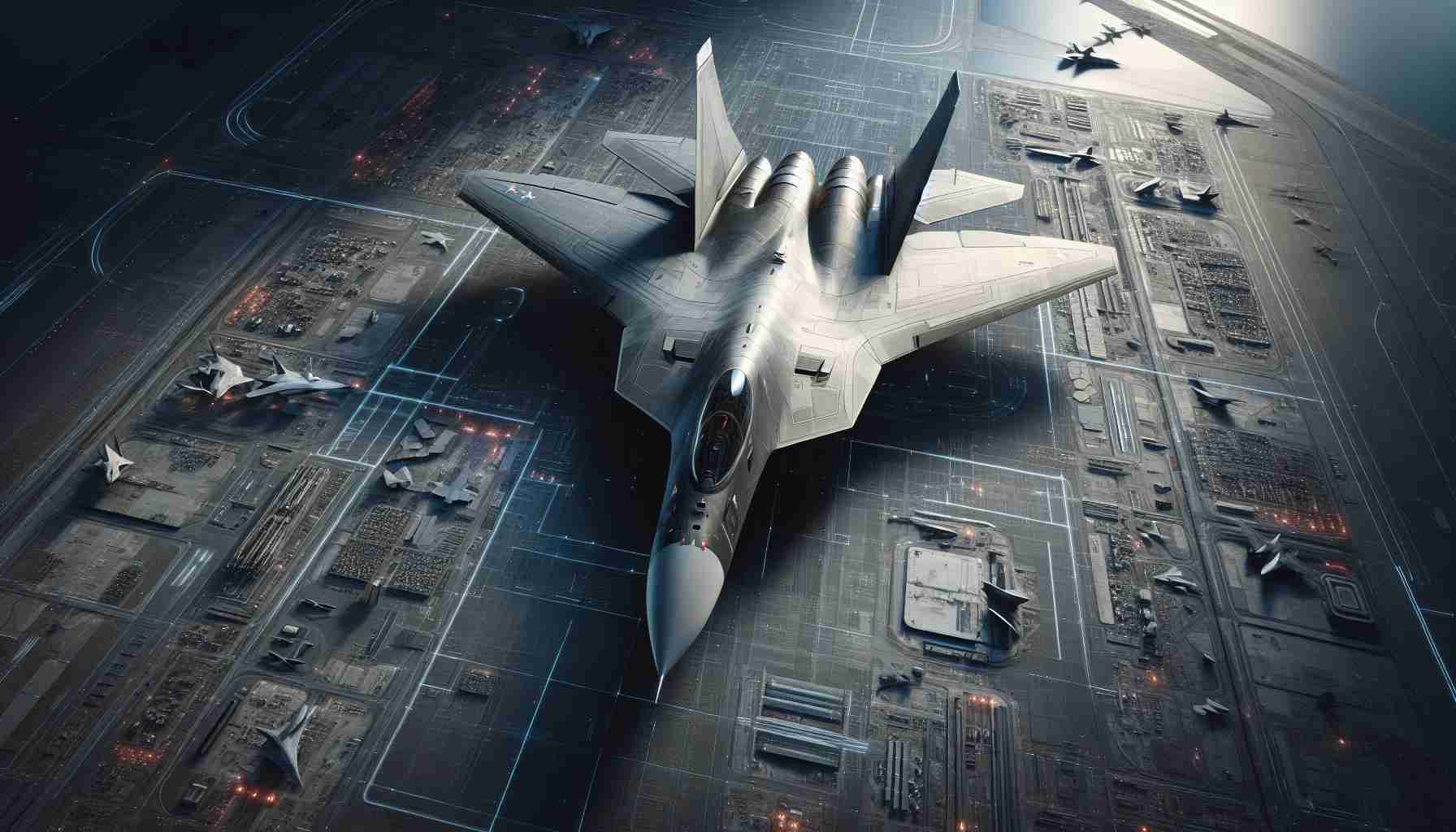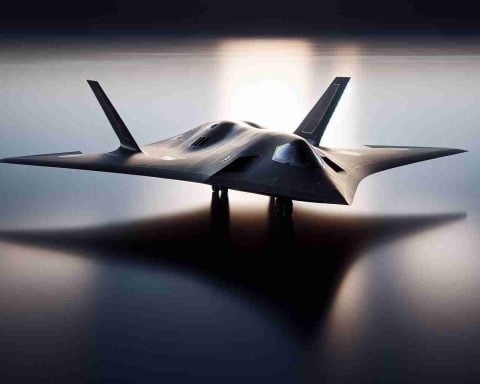Advanced Stealth Gets a Boost with Su-57’s Engine Upgrade
In a major leap for stealth technology, the Russian fifth-generation Su-57 fighter jet has been equipped with a groundbreaking flat nozzle for its AL-51F1 engine. This cutting-edge modification is earning attention not just within Russia but also internationally, as highlighted by experts in American publications like The War Zone.
With a surge of interest in enhancing stealth capabilities, global aviation analysts are closely examining this latest development on the Su-57. The new flat nozzle design, reminiscent of what is utilized in the American F-22 Raptor, achieves a dual effect: it significantly reduces the aircraft’s visibility to radar systems, while also boosting its efficiency in infrared operations—an aspect crucial for the complexities of modern aerial combat.
Beyond its stealth benefits, the innovative nozzle design contributes to superior thrust vectoring control, which enhances the Su-57’s agility and maneuverability across all flight phases. These advancements not only elevate the aircraft’s combat capabilities but also establish it as a formidable contender in the skies.
As the Su-57 evolution continues, its newly integrated technologies represent a pivotal progress in aviation, marking a notable advance in Russia’s aerospace prowess. This transformation ensures that the Su-57 is prepared to meet the challenges of future air engagements with enhanced efficacy and strategic superiority.
The Su-57’s Engine Upgrade: Stealth and Agility Unleashed
In the competitive sphere of modern military aviation, innovations like the engine upgrade on Russia’s Su-57 fighter jet are setting new benchmarks. The integration of a flat nozzle for the AL-51F1 engine marks a significant technological advancement, offering new opportunities and challenges within the aerospace industry.
Features and Innovations: The Flat Nozzle Design
The centerpiece of the Su-57’s enhancement is its new flat nozzle—a feature that mirrors the design seen in the American F-22 Raptor. This design is celebrated for its ability to considerably reduce radar cross-section, which is a critical aspect in maximizing a fighter’s stealth capabilities. The reduced radar signature enhances the Su-57’s effectiveness in avoiding detection by enemy systems, granting it a pivotal advantage in stealth operations.
The flat nozzle also improves infrared suppression, which is crucial for modern aerial combat scenarios dominated by advanced heat-seeking missiles. This dual aspect of radar and infrared signature reduction redefines the stealth dimension for the Su-57, placing it on a competitive edge against its international counterparts.
Advanced Maneuverability with Thrust Vectoring Control
A notable benefit of the new engine configuration is its contribution to the Su-57’s agility through enhanced thrust vectoring control. This technological leap grants the aircraft superior maneuverability, essential for complex aerial engagements where rapid and precise movements are decisive. The ability to maintain control and adapt quickly during high-speed maneuvers gives the Su-57 a substantial tactical advantage.
Comparative Insights: Su-57 vs. F-22 Raptor
When compared to the F-22 Raptor, a flagship in American stealth technology, the Su-57’s latest upgrades bring it into closer competition not only in terms of stealth but also in flight performance. Both aircraft benefit from their respective flat nozzle designs, yet the underlying technologies and strategic paradigms guiding their development differ. These subtle distinctions underscore the varied approaches nations take in developing their aerial fleets.
Future Trajectory: Market and Strategic Implications
As Russia continues to refine and expand the capabilities of the Su-57, its positioning in the global defense market appears promising. The jet’s enhancements in stealth and agility serve not only military interests but influence geopolitical dynamics by altering power balances in aerial warfare.
Predictions suggest that further advancements in engine technology and stealth capabilities could drive future iterations of the Su-57, paving the way for new trends in next-generation fighter jets. This evolution reflects an ongoing commitment to innovation in military aerospace technology and highlights the strategic importance countries place on maintaining air superiority.












